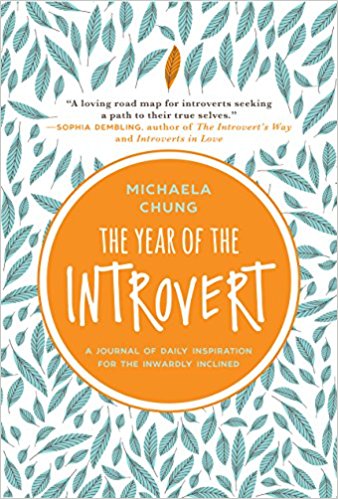Did you ever find yourself unable to complete an assignment, or perhaps worse still answer a question in a test? If so, then you had a bout of writer’s block that stood in your way like a granite mountain.
I used to have the same problem myself when I was at college, and we didn’t have a trusted service for essay writing in those days to help. So I had to develop my own method for sorting my writer’s block. This method has helped many of my friends, too.
If you are a little shy about sharing your writer’s block with your teacher, then I can help you out by explaining my method right here. If you follow my advice you should be able to sort your next bout of writer’s block really soon. Wouldn’t that be great?
Five Steps to Success in Conquering Writer’s Block
I don’t know much about you, but I’m an introvert myself. I am incredibly shy about asking for advice, or solving a problem in a group. I guess that’s why I came up with a DIY solution for beating writer’s block. It’s a simple as ‘WRITE’ and here is all you need to know about it.
Step 1: Develop an Wireframe
Your wireframe sets out the main structure of the assignment or test. I borrowed the idea from a web design course and it works a treat. Let’s say the assignment is: “Explain How to Conquer Writer’s Block”. That’s dead easy with my method; in fact, I am doing it right now.
So, my wireframe is:
- Define writer’s block
- Describe the steps to conquer it
- Write a conclusion to wrap things up
That’s the most difficult part because things get easier as you go along.
Step 2: Rationalize your effort.
It stands to reason that you are not going to waffle on for ages defining writer’s block. I spent about a third of the words on the first part though, because this is a training session and I wanted to get you 100% on board. For an assignment or examination, I would say no more than 10% of your effort on the introduction.
TIP: If you are writing a timed test, you can’t afford to spend more than 10% of the total time allowed on the introduction.
Step 3: Take a step back.
Relax. Imagine you are already on your way. Let your thoughts run free as your mind ripples through the topic. Jot down your ideas until you have five, maybe six. Then shake them into a sequence that makes a good story.
TIP: You don’t have to cover the whole topic. You just need to make a case with part of the subject matter.
Step 4: Time manage yourself.
You can do this by allocating about the same effort to each part of your story. Then tell your story the way it flows from your mind. Never proofread until you have finished writing. That’s because this could cause another writer’s block attack.
TIP: You can write up the points in any order that suits you. I often write the introduction last so it flows seamlessly into the main content.
Step 5: Enjoy your new-found freedom
Now that you have the writer’s block workaround you will find you produce better assignments and test results, because you are no longer stressed out of your mind.
My final advice is never writing an assignment about stuff that bores you witless and don’t start to write your article if you have no time for it.
Wrapping Up and Nailing Down
All you need to remember is the word ‘WRITE’ and everything I told you should come flooding back like the turn of the tide:
- ‘W’ for ‘Develop a wireframe’
- ‘R” for ‘Rationalize your effort’
- ‘I” for “Imagine, let your thoughts flow’
- ‘T’ for ‘Time manage yourself’
- ‘E’ for ‘Enjoy your new-found freedom’
That’s all you ever need to know to conquer your writer’s block. My method for conquering writer’s block is a process that carries you along. Email me sometime and tell me how it went. You should be pleasantly surprised.










